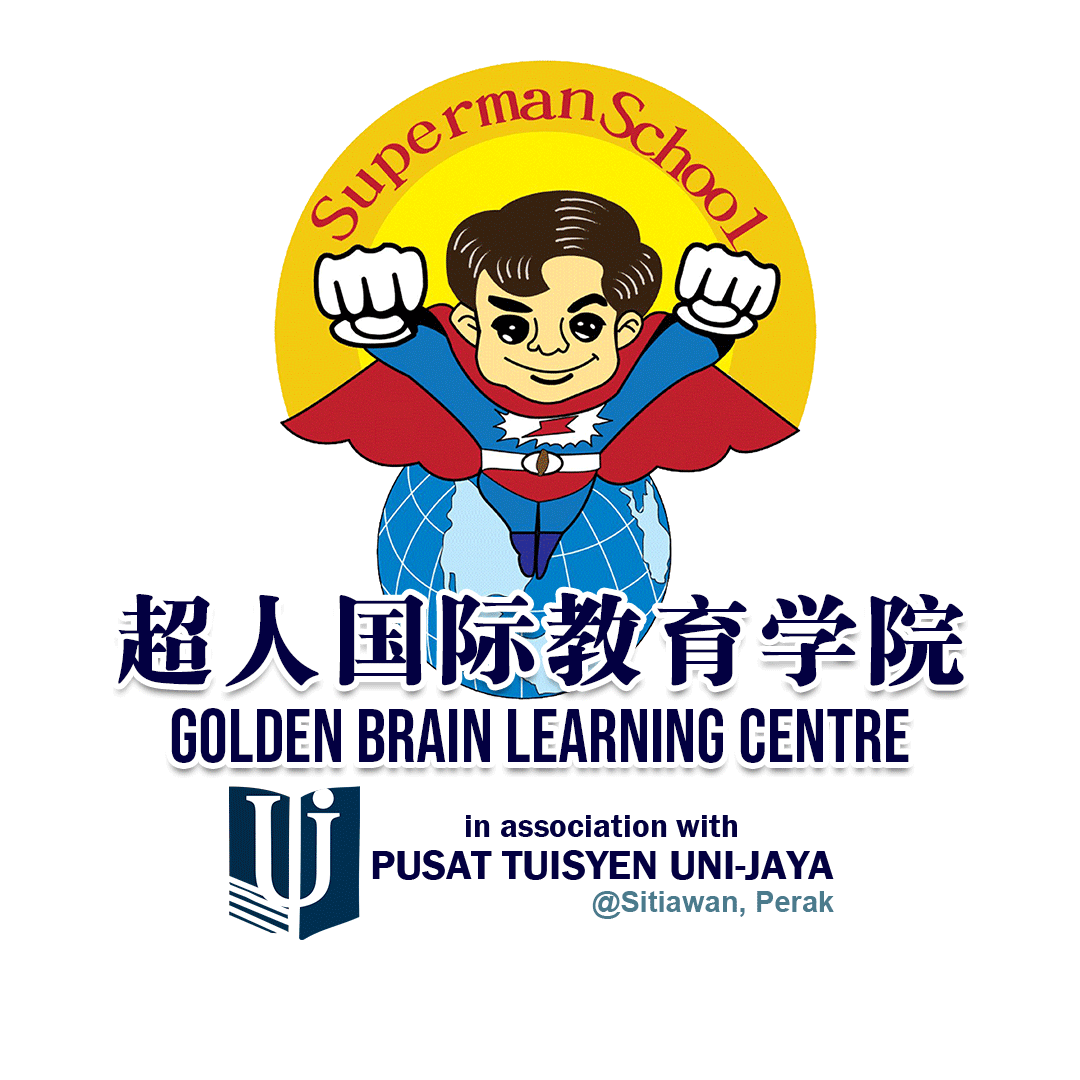
.png)
珠心算课程
解答区
Frequently Asked
Questions
一般来说,孩子从4岁或5岁开始学习珠心算效果最佳。早期学习有助于开发大脑的认知和记忆能力。我们课程招收对象年龄为4-18岁,只要孩子学会认会写数字0-9都可以报读。
Children can typically begin learning abacus mental arithmetic from the age of 4 or 5. Early exposure helps develop their brain’s cognitive and memory functions. Our course is open to individuals aged 4 to 18 years old, as long as a child can recognize and write numbers 0 to 9, they are eligible to enroll.
每堂课为2小时,上课期间除了写习题以外,也有念算/听算/看算训练以及其他一系列的特训。
Each lesson is 2 hours, student not only do calculations practice during the lesson, also gets oral/listening/visual calculation and other trainings.
学习珠心算的时间因个人兴趣、目标和学习速度而异。一般来说,学习珠心算并不需要停止,因为它可以在不同的级别和难度下持续发展。以教练的角度来看,学员从幼儿园直到高中都还在学习,至少要达到段位级数才是真正的受益无穷,并且保证在往后的日子是不会遗忘此技能的。总之,学习珠心算是一个持续发展的过程,是一个技能,可以根据个人兴趣和目标来决定学习的深度和时间。无论学习时间多长,家长的支持,孩子本身的坚持练习和不断挑战自己是提高珠心算技能的关键。
The time it takes to learn abacus mental arithmetic varies depending on individual interest, goals, and learning speed. In general, duration for learning abacus mental arithmetic could be ENDLESS because it can continue to develop at different levels and difficulty levels.
From a coach's perspective, a student who can continue to learn from kindergarten until high school, is truly beneficial to reach a certain level or grade, ensuring that this skill will not be forgotten in the future. In summary, learning abacus mental arithmetic is an ongoing process, and it is a skill that can be tailored to the depth and time of learning based on individual interests and goals.
Regardless of the duration of learning, parental support, a child's commitment to practice, and continuous self-challenge are key to improving abacus mental arithmetic skills.
提高专注力和注意力 Improves concentration and focus
增强问题解决能力 Enhances problem-solving skills
提高计算速度和准确性 Develops speed and accuracy in calculations
增强记忆力和想象力 Boosts memory and visualization abilities
培养自信心 Builds self-confidence
珠心算级位分为两项:珠算及心算,每项分别是最基础的15级~1级;高级位段位有1~20段
There are 2 skills which are Abacus and Mental Arithmetic, each skill starts from the basic level 15~level 1; advanced and higher advanced level are from DAN 1~20.
除了与指导老师沟通交流之外,学员也可通过“马来西亚珠心算全国检定”对珠心算教学和学习效果进行综合检测,开展珠心算能力鉴定。考试项目共分两科——“珠算”及“心算”。考卷及批改作业由中华珠心算数学协会台湾总会统一办理,并且发出国际承认之相应等级证书给合格者。
Besides communicating with instructors, students have the option to undergo comprehensive evaluation of their abacus learning and its effectiveness through the "Malaysia Abacus Mental Arithmetic Grading Examination." This examination serves as a comprehensive assessment of abacus instruction and proficiency. It consists of two subjects: "Abacus" and "Mental Arithmetic". The examination papers and grading assignments are managed centrally by the Taiwan branch of the Chinese Abacus and Mental Arithmetic Association. Candidates with "Passed" are awarded internationally recognized certificates corresponding to their attained proficiency levels.
珠心算是一种通过算盘进行计算并逐渐在脑中可视化算盘的方法。这种技术可以增强学生的数学能力及认知能力。
Abacus mental arithmetic is a technique that teaches students to perform calculations using an abacus and visualize it mentally, enhancing their mathematical and cognitive abilities.
实际的算盘练习 Hands-on abacus practice
心算影像训练 Mental arithmetic exercises
真人/电脑念算 Live or computer oral calculation
游戏与活动,让学习更加有趣 Games and activities to make learning enjoyable
请问孩子学会写&认数字0-9了吗?若您孩子有满足这些需求,欢迎您向学院预约安排试课!Does your kid know how to write and recognize numbers from 0-9? If yes, please feel free to contact us to book an appointment for trial class!
不。尽管许多人在较早的年龄开始学习珠心算,但年龄并不是唯一的决定因素。珠心算是一种数学技巧,它可以在任何年龄学习和提高。No. Although most of the children begin learning abacus at a younger age, but age is not the sole determining factor, because abacus course is a mathematical skill that can be learned and improved at any age.
在10-12岁时,孩子的大脑仍然处于发展阶段,他们有能力学习新的技能和概念。事实上,年龄稍大的学习者可能会在理解和应用珠心算方面更有优势,因为他们比低年龄的孩子更加具备了更强的逻辑思维和数学基础。At the ages of 10-12, children's brains are still in a developmental stage, and they have the capacity to learn new skills and concepts. In fact, they have the advantage in understanding as they may possess stronger logical thinking and mathematical foundations compared to younger ones.
重要的是要给孩子足够的时间和机会来练习和发展他们的珠心算技能。持续的实践和专注可以帮助孩子在短时间内取得显著的进步。同时,鼓励和积极的学习环境也对孩子的学习成果有积极影响。Most importantly is to provide children with ample time and opportunities to practice and develop their abacus skills. Continuous practice and focus can help children make significant progress in a short period of time. Moreover, encouragement and a positive learning environment positively impact children's learning outcomes.
通过持续的练习和参与,大多数学生至少在6个月-1年内可以看到显著的进步。With consistent practice and participation, most students show noticeable improvements at least in 6 months-1 year.
是的,学生需要购买算盘、练习册和其他学习材料,这些可以通过学习中心购买。Yes, students will need an abacus, workbook, and other course materials, which can be purchased through the learning center.
珠心算课程班级不分年龄,而是依照学生学习进度与级位进行分班,例如:基础初学者是一个班级。每个级位班级人数不多于15人,每班都有2-3位指导老师监督学生们的进度。
Our classes are not divided by age, but rather organized based on students' learning progress and skill levels. For instance, foundational beginners are in the same class. Each class at every skill level accommodates no more than 15 students, with 2-3 instructors overseeing the students' learning progress.
我们目前暂无提供一对一教学。我们的课程设计是基于一种集体学习和合作的教学方法,旨在鼓励学生之间的互动和合作,激发他们的挑战与竞争能力,这种集体学习的环境有助于学生分享知识、相互启发,共同成长。然而,我们完全理解每个学生都有不同的学习需求和方式。我们会尽力通过小组活动、讨论和交流等方式,激发每个学生的个人潜力,并提供适当的挑战和竞争元素。
We do not offer one-on-one teaching currently. Abacus course is designed around a collaborative and cooperative learning approach, aimed at fostering interaction and teamwork among students, igniting their spirit of challenge and competition. This collective learning environment encourages knowledge sharing and mutual inspiration, fostering growth together. However, we fully acknowledge that each student has unique learning needs and preferences. We strive to unleash individual potential through group activities, discussions, and exchanges, while also providing suitable challenges and elements of competition.
当然可以!珠心算课程所学的技巧可以补充学校数学学习,提升数字感、心算能力和解决问题的技巧。不但如此,学员的加减乘除计算能力与速度被大大提升,加强专注力、耐力以及记忆力,增广学员对数字数位的影像。
Absolutely! The techniques learned in abacus mental arithmetic complement school math by improving number sense, mental calculation, and problem-solving skills. Besides that, it improves student's calculation speed and accuracy especially in addition, subtraction, multiplication and division. Moreover, it improves student's concentration, endurance and memory, strengthen their impression towards the numbers and digits as well.
非常适合!课程的设计旨在打下坚实基础,特别能帮助对数学缺乏信心的学生建立自信。
Yes! The course is designed to build a strong foundation and boost confidence, especially for students who struggle with math.
不是的。珠心算主要提升学生的加减乘除计算能力,教会学生快速且准确地进行计算。然而,为了在考试中取得分数,学生仍然必须遵循学校所教的答题格式,并在此过程中运用心算来减少错误率。
No, that's not the case. Abacus and mental arithmetic enhance students' abilities in addition, subtraction, multiplication, and division, teaching them to calculate quickly and accurately. However, to score well in exams, students still need to follow the answer formats taught by the school, and use mental arithmetic to reduce error rates.
以上观念是错误的。在学完基础珠算后,学生将会继续学习高级的珠心算技巧,其中包括更复杂的计算和更多的数字,所以算盘仍然是珠心算的重要工具之一,因为它有助于加强数字感、加速计算以及加强学生对珠子的影像。
The above concept is incorrect. After completing basic abacus mental arithmetic, students will continue to learn advanced abacus mental arithmetic techniques, which include more complex calculations and a larger number of digits. Therefore, the abacus remains an essential tool in abacus mental arithmetic as it helps strengthen number sense, expedite calculations, and reinforce students' mental image of the beads.
尽管在整个学习过程,学生可以更多地依赖口算/手指法来进行计算,但无论如何,在面对复杂又多位数的题目,口算/手指法式解答不如心算解答来得快与省时。
While throughout the learning process, students may rely more on finger techniques, however, when facing complex multi-digit problems, mental calculation is significantly quicker and more efficient than using finger techniques.
总之,珠算和心算是一体的,珠算打不好,心算肯定也不稳,珠子影像起来也模糊,答案的准确率也大大降低。
In conclusion, abacus and mental calculation are integrated. If the abacus skills are not mastered, mental calculation is likely to be less accurate, and the mental image of the beads may become blurry, leading to a significant decrease in accuracy.



